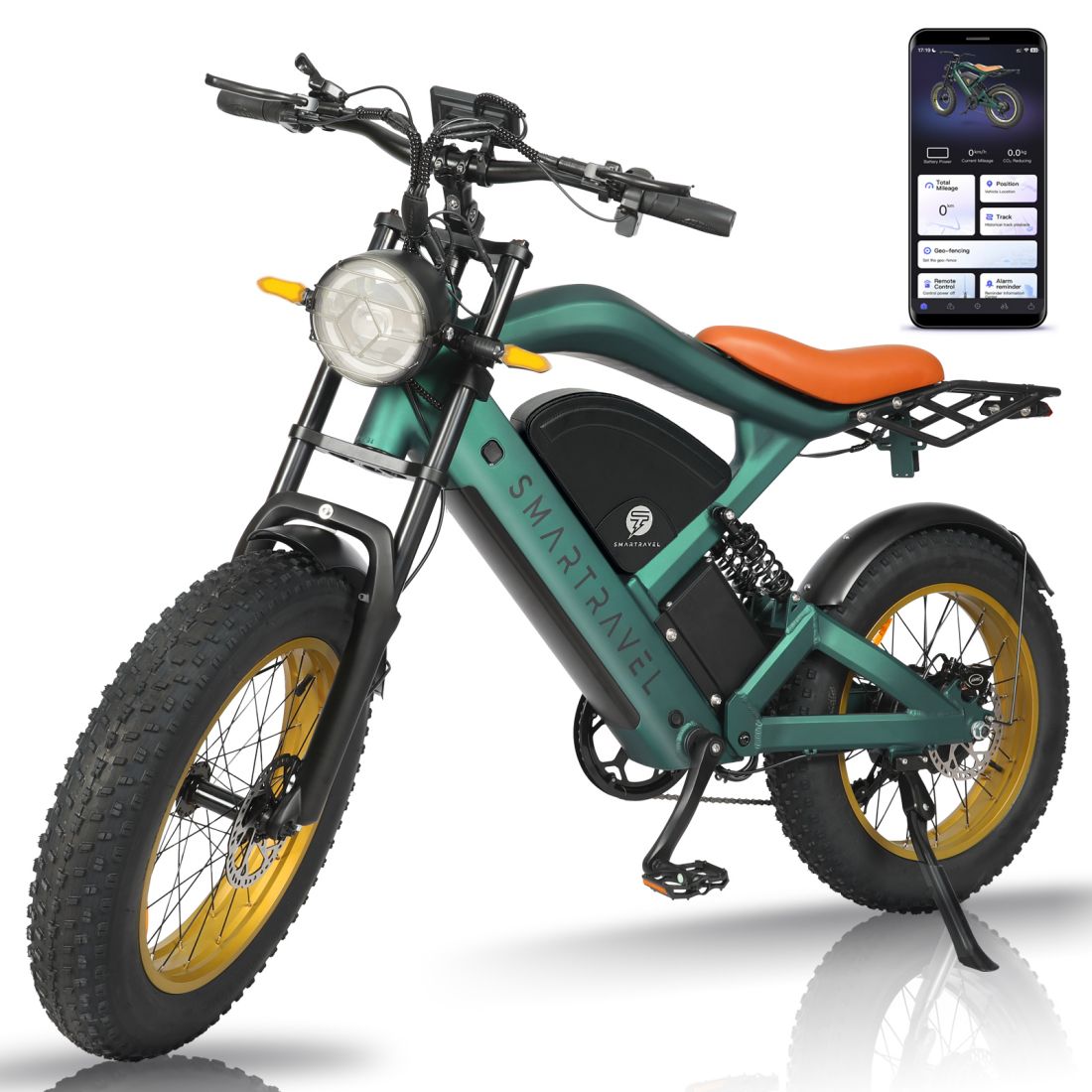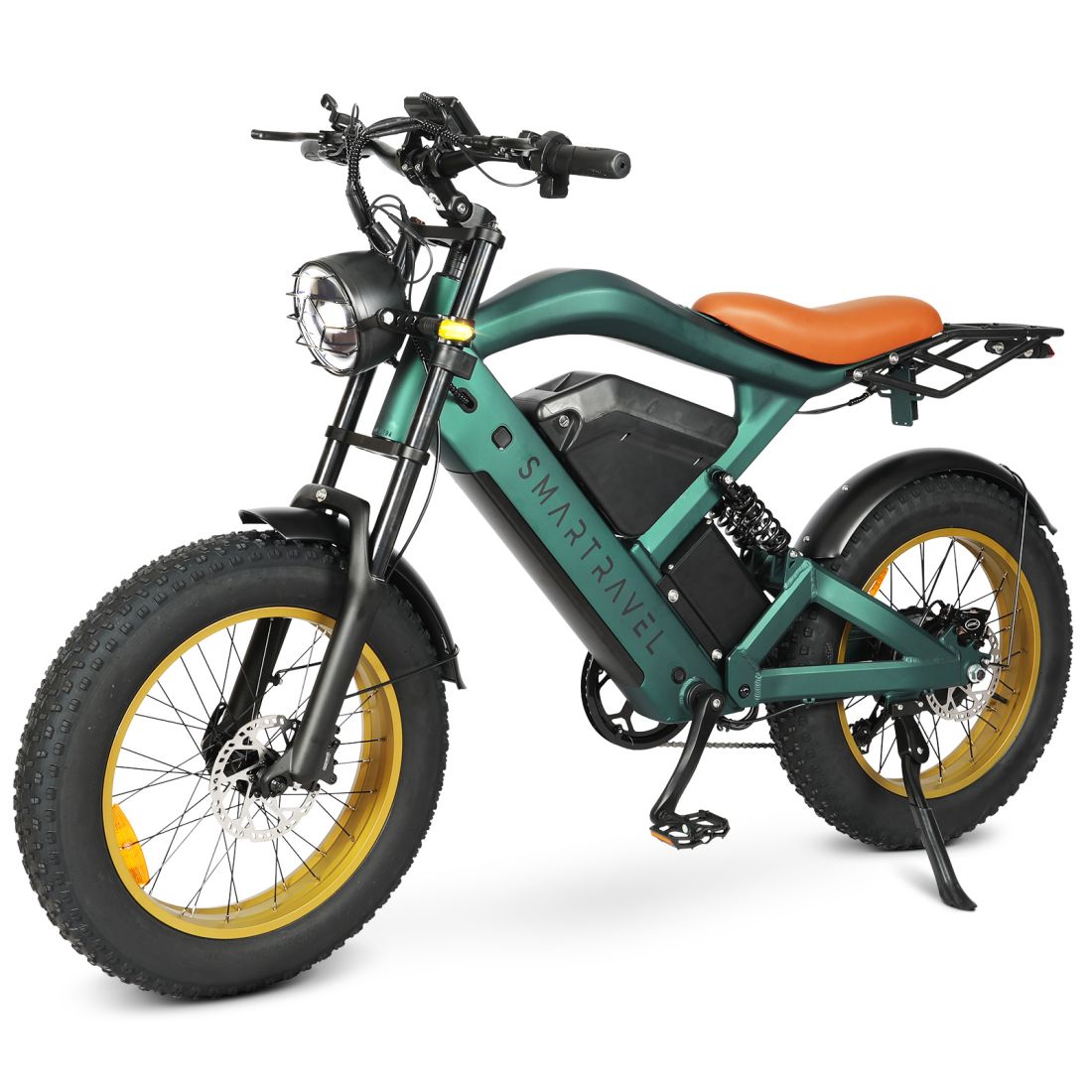How To Choose E-Bikes For Seniors

Electric bicycles have brought a lot of convenience to our lives, and also brought a lot of positive effects to our health. So can the elderly ride electric bicycles? The answer is yes! Because no matter what age you are, you need to travel and exercise. In particular, electric bicycles are equipped with batteries, which can replace part of the manpower, so you don't have to worry about fatigue.

Benefits of electric bikes for seniors
Improved Mobility
With an e-bike, seniors can manage their own transportation needs without relying on family members or public transport, fostering a sense of autonomy.E-bikes can help seniors maintain their independence by allowing them to travel longer distances without the fatigue associated with conventional bikes.
Health Benefits
Riding an e-bike promotes physical activity, which is beneficial for cardiovascular health, muscle strength, and overall well-being. It's a low-impact exercise that can be adjusted based on the rider's comfort level.
Social Interaction
- biking can encourage social engagement through group rides or community events, helping to combat loneliness and isolation.Many communities organize group rides specifically for e-bike users, allowing seniors to connect with others who share similar interests and hobbies.Riding with friends or family can create shared memories and experiences, strengthening relationships and enhancing social connections.
Fun and Enjoyment
The added power of an e-bike enables riders to travel further and discover hidden gems in their surroundings, making each ride an adventure.E-biking can be a fun and enjoyable activity, providing a sense of adventure while exploring the outdoors.
Tips for riding an electric bike for the elderly
Choose the Right E-Bike:
Select a model that fits your height and comfort level. Consider features like step-through frames for easy mounting and dismounting.Ensure the frame size is appropriate for your height. Most manufacturers provide sizing charts to help you choose the right fit.Look for models with adjustable seat heights to ensure you can find a comfortable position for your legs while riding.Consider the bike's weight, especially if you might need to lift it or maneuver it in tight spaces. Lighter models can be easier to handle.
Wear Safety Gear:
Always wear a helmet, and consider additional protective gear such as knee and elbow pads for extra safety.Wear bright or reflective clothing to increase visibility, especially in low-light conditions.Equip your bike with front and rear lights. Use hand signals to indicate turns and stops to other road users.Wear closed-toe shoes with good grip to ensure stability and control while riding.
Familiarize Yourself with the Controls:
Before heading out, practice using the bike’s controls, including the pedal-assist settings, brakes, and lights.Practice adjusting the pedal-assist levels to find the most comfortable setting for your riding style. Test how different levels affect your speed and effort.Test both the front and rear brakes to understand their responsiveness. Practice braking gently and firmly to get a feel for how quickly the bike stops.
Start Slow:
Begin with short rides in familiar areas to build confidence. Gradually increase distance and complexity as you become more comfortable.Begin with short rides in familiar, low-traffic areas. This allows you to focus on getting comfortable with the bike without feeling overwhelmed.Choose routes you know well, such as parks or quiet neighborhoods. This familiarity can help reduce anxiety and allow you to focus on riding.

By following these tips, you can create a positive and enjoyable e-biking experience, setting the foundation for more adventurous rides in the future.




















